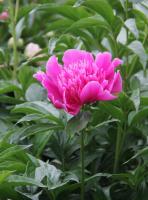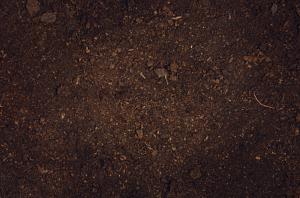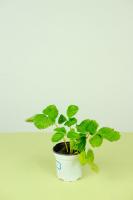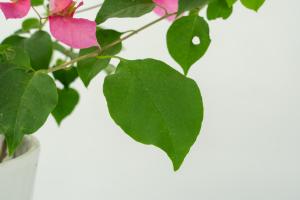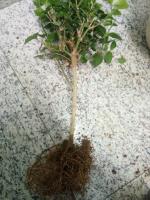Is Sand Good for Plants?
When it comes to gardening, one of the most important factors is the soil that you use. Many people wonder whether sand is a suitable addition to soil for plants. This article aims to explore the benefits and drawbacks of using sand for plants.
The Benefits of Using Sand for Plants
One of the primary benefits of sand for plants is its ability to improve drainage. Soil that is composed of heavy clay or loam can be challenging for many plants to grow in because the soil retains moisture, making it difficult for roots to establish themselves. When sand is added to soil, it can shift the texture and create pore spaces that allow water to drain more easily. This, in turn, can help to prevent root rot and other issues caused by waterlogged soil.
Another benefit of using sand for plants is that it can help to increase aeration. Soil that is comprised of heavy clay can be compacted, making it challenging for air to circulate through the soil. When sand is mixed into the soil, it can introduce more space for air to move through, which can be crucial for plant growth.
The Drawbacks of Using Sand for Plants
While sand can be beneficial for plants in some circumstances, there are also some drawbacks to consider. One of the primary drawbacks is that sand does not provide many nutrients for plants. For soil to be healthy and fertile, it must contain a range of nutrients, including nitrogen, phosphorus, and potassium. Sand does not have these nutrients, so if you rely on it as a primary component of your soil, you will need to use fertilizer to ensure that your plants are getting the nutrients they need.
Another drawback of sand is that it can become hydrophobic. When sand is used to improve drainage, it can sometimes cause water to flow too quickly through the soil, carrying nutrients away with it. This can lead to plant stress and even death. Additionally, sand can sometimes form a layer in the soil that is impenetrable to water, creating dry patches where plants cannot survive.
How to Use Sand for Your Plants
If you are considering adding sand to your soil, there are a few things to keep in mind. First, avoid using construction sand or beach sand, as these types of sand may contain contaminants that can harm your plants. Instead, look for horticultural sand or sharp sand, which is specifically designed for gardening use.
When adding sand to your soil, aim for a mixture of around 30% sand to 70% soil. This will provide a good balance of improved drainage and nutrient-rich soil. Additionally, it is essential to monitor your soil's moisture levels and ensure that it is not becoming too hydrophobic or waterlogged. Adding organic matter, such as compost or aged manure, can also help to improve soil fertility and prevent nutrient deficiencies.
In Summary
So, is sand good for plants? The answer is that it depends on a range of factors. Sand can provide excellent drainage and aeration, which can be especially important for plants that struggle in heavy soil. However, sand does not provide many nutrients for plants, so it should be used in moderation, alongside nutrient-rich soil and organic matter. By following these guidelines, you can effectively use sand to improve your soil quality and help your plants thrive.

 how many times do yo...
how many times do yo... how many planted tre...
how many planted tre... how many pine trees ...
how many pine trees ... how many pecan trees...
how many pecan trees... how many plants comp...
how many plants comp... how many plants can ...
how many plants can ... how many plants and ...
how many plants and ... how many pepper plan...
how many pepper plan...
